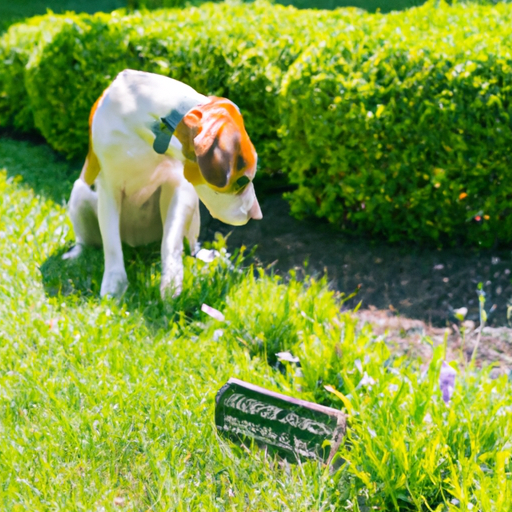As a devoted dog owner, you’ve likely noticed your furry friend occasionally chowing down on some fresh green grass. Perhaps you’ve even been a bit alarmed, raising questions like, “Is this normal? Is it safe?” or “What grass do dogs eat?”
Don’t fret. It’s a common behavior among many dogs. However, it’s crucial to understand why dogs eat grass, which types are safe, and when this behavior might signal a deeper health issue.
Table of Contents
1. Understanding Why Dogs Eat Grass
2. Safe and Unsafe Grasses for Dogs
3. Health Implications of Grass Eating
4. FAQs
Understanding Why Dogs Eat Grass
Firstly, let’s demystify why dogs eat grass. While the exact reasons are still debated among scientists and veterinarians, several theories have been proposed.
- Natural Instinct: Some experts believe that dogs, being descendants of wild wolves, instinctively eat grass to supplement their diet with nutrients found in plant matter, a practice observed in their wild counterparts.
- Stomach Upset: Another theory suggests dogs may eat grass to induce vomiting when they feel unwell or have eaten something disagreeable.
- Behavioral Reasons: Dogs may also eat grass out of boredom or because they enjoy the taste and texture.
However, it’s essential to remember that while grass eating is generally harmless, not all grass is safe for dogs.
Safe and Unsafe Grasses for Dogs
When it comes to what grass do dogs eat, it’s less about the type of grass and more about what could be on it. Most grasses are safe for dogs to munch on. However, grass treated with pesticides, herbicides, or other chemicals can be harmful.
Therefore, always ensure the grass your dog consumes is free from these harmful substances. Furthermore, certain plants, often mistaken for grass, can be toxic to dogs. For example, foxtails are grass-like weeds that can cause serious harm to your pet if ingested.
Some safe grasses for dogs include:
- Kentucky Bluegrass
- Bermuda Grass
- Fescue
You can learn more about dog-friendly landscapes here.
Health Implications of Grass Eating
While occasional grass eating is generally safe, frequent or obsessive grass eating could signal a deeper health issue, such as gastrointestinal problems or nutrient deficiencies.
If you notice your dog eating grass excessively, it would be wise to consult with your vet. They may recommend dietary adjustments, supplements, or further tests to identify any underlying health issues.
For more information on how diet impacts your dog’s health, visit this page.
FAQs
Why do dogs eat grass?
Dogs may eat grass due to natural instincts, to alleviate stomach upset, or simply because they enjoy it.
Is it safe for dogs to eat grass?
Most grass is safe for dogs to eat, provided it’s free from harmful chemicals and toxins.
What should I do if my dog is eating grass excessively?
If your dog is eating grass excessively, it’s recommended to consult with a vet as it could signal an underlying health issue.
What are some safe grasses for dogs?
Safe grasses for dogs include Kentucky Bluegrass, Bermuda Grass, and Fescue.
In conclusion, while it might seem odd, it’s quite normal for dogs to snack on grass. As a responsible pet parent, ensure the grass they consume is safe and monitor them for any signs of excessive grass eating. Remember, when in doubt, always consult with a trusted vet.
For more dog care tips, check out this article.
Remember, observing and understanding your dog’s behaviors ensures their well-being and strengthens the bond between you two. Happy pet parenting!



